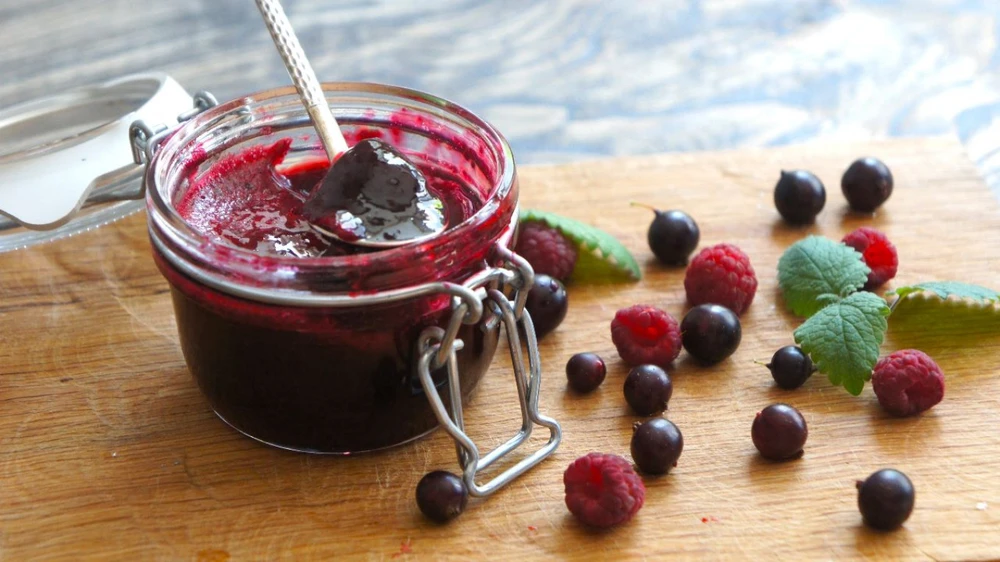
For centuries, people all over the world have been making jams to preserve fruit for long periods of time. It is unclear exactly when jams first appeared in Russian kitchens, but ancient recipes were very different from today's.
In Russian, the term jam is варенье, which originally meant “something boiled.” Until the 17th century, the word “jam” was used only to mean something that had been boiled, and was even used to describe the process of distilling salt. In ancient Russian, there was even a word “silk jam,” which referred to boiled silkworm cocoons.
Russians may have been making sweet jam for centuries, but the dish did not have a proper name and was described only by the way it was prepared, for example the phrase “cherries boiled in honey” seems to be the closest thing to what jam is today.
So what was the first Russian jam? It was berries or fruits boiled in syrup. But jams were also made with many other ingredients. Ancient Russians made jam with ginger and honey, jam with beets and honey, nuts in honey…
Honey in ancient times was thin and clear. Honey dishes were mentioned in the "Domostroi" (1550s) which described "juices from lingonberries and cherries with molasses, juices from raspberries and all kinds of sweets, apples and pears with kvass (a fermented drink from barley) and molasses."
So jam - though it was called otherwise at the time - was a dish with not cheap ingredients but quite popular. In "Domostroi," it is described as a dish served in wealthy families, and even on the royal table. In fact, the more dishes a meal had, the more elaborate the jam became.
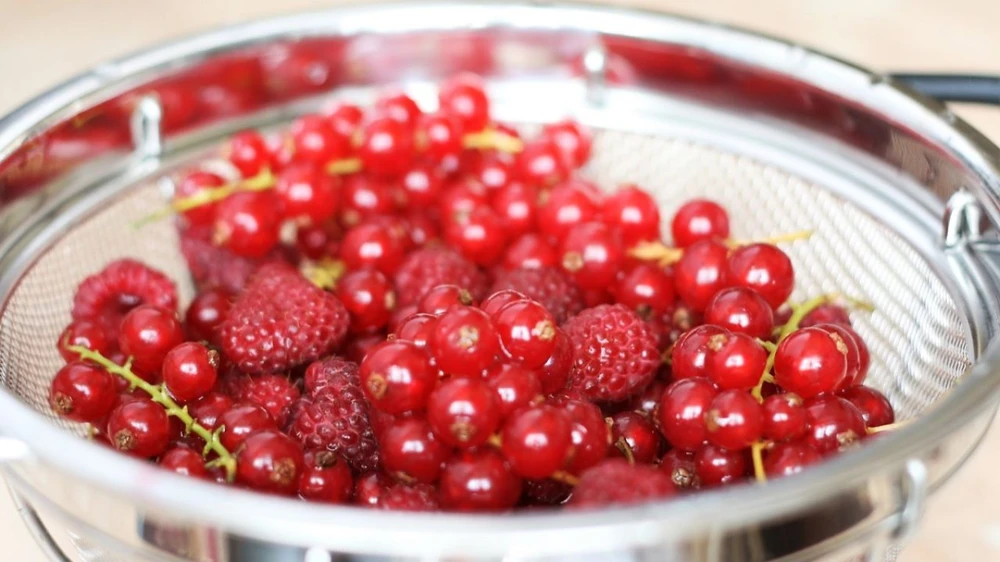
The menu of Empress Anna Ioannovna (1730s) described "the food at court festivities was always varied, though rather boring. Among the sweets were jellies, ice cream, candies, barley bread, various jams, fruit jellies and soft jellies."
The menu during the regency of Empress Anna Leopoldovna (1741) included sweets such as apple jelly, plum jelly, ginger in molasses, berry jelly and jam made from Seville oranges, pears, plums, cherries, gooseberries, strawberries and grapes.
In the 17th century, cane sugar was imported into Russia, but due to its high price, it was not widely used. Families mostly used honey to make jams or fruit drinks.
In ancient times, cooks had to take many steps to keep berries or pieces of fruit from breaking. If the berries were raspberries, strawberries, cherries or black currants, they were washed, covered with sugar and left for 3-4 hours until the fruit released its juice. They were then boiled and left to cool for 5-6 hours. Then they were boiled a second time for 10 minutes, then left to cool for another 5-6 hours. Finally, the jam was boiled for just 3 minutes and poured immediately into sterile, hot jars.
Another quick tip for making jam is to coat the berries with sugar, leave for 3-4 hours until they release their juices, then heat until the syrup thickens. Once the jam is ready, pour it into sterilized jars and dry them, as moisture can cause the jam to mold and ferment.
In his book "Russian Cookery" (1795), Vasily Lyovshin describes in detail how to prepare this dish. He writes: "Choose the best honey, put it in a bowl and put it on a trivet (over the fire). When it boils, carefully skim off the foam. To know if the dish is ready, put an egg in it. If it sinks, it is not cooked enough, and if it floats, turn off the heat. This honey can be used to cook many kinds of fruits."
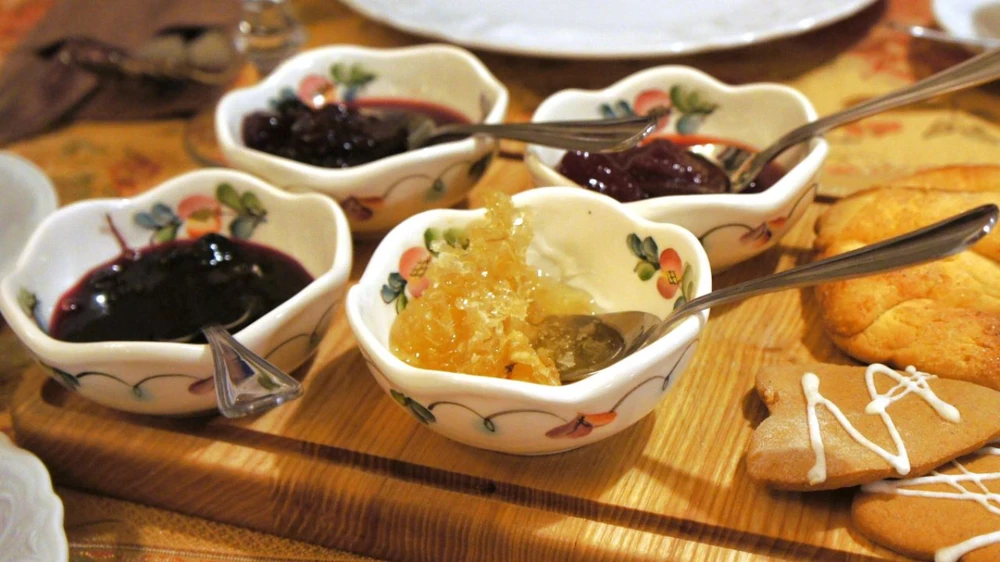
Once honey is available, jam making is easy. Lyovshin writes that the cook should “boil the cherries as long as possible, stirring frequently and removing the foam” and “boil until the syrup penetrates the apples, skimming off the foam and stirring constantly to avoid burning.” Even cucumbers can be made into jam. It is recommended to “cut them in half and remove the seeds, boil them in honey, add ginger and plenty of pepper.”
Over time, sugar gradually became more affordable, though it remained expensive. In St. Petersburg in 1719, merchant Pavel Vestov opened a sugar cane processing factory.
Although sugar was still not cheap, the first mention of jams made from sugar was in Nikolai Yatsenkov’s “Latest Cookbook” published in 1790-1791. Although it was largely a translation from the original French, the recommendations made it clear that sugar was no longer a luxury for the Tsars alone. However, the quality of sugar was still very different from today. Sugar had to be boiled, skimmed off the surface to achieve clarity, as with honey, before it could be made into syrup.
Interestingly, one of the volumes in Yatsenkov's edition, called "The Book of Malorssian Confectionery," is not a translation but a collection of recipes from the author's "notes on and relating to jam," which speaks volumes about the popularity and availability of jam. "Pour powdered sugar into a pan, arrange good raspberries on top, boil for a while, add two spoons of water, and then pour into a jar of syrup."
The advent of beet sugar significantly reduced the cost of making sweets. The first experiments with beet sugar were carried out in Russia in the early 1800s by Major General Georg (Egor) Blankenagel, a native of Livonian.
The Patriotic War interrupted his work and this new type of sugar was not produced in Russia until the 1820s. By 1840, the country had 164 factories producing sugar from sugar beets.
In later years, jam was made with both honey and sugar. The poet Alexander Pushkin seemed to enjoy both.
The court memoirist, Alexandra Smirnova-Rosset, wrote that the poet's favorite treat was white gooseberry jam, made with a pound of berries, two pounds of sugar, and a glass of water.
But in "The Captain's Daughter," Pushkin mentions another dish sweetened with honey: "Once in the fall my mother cooked honey jam in the fireplace of the room while I stared at the boiling foam and licked my lips"./.
Source







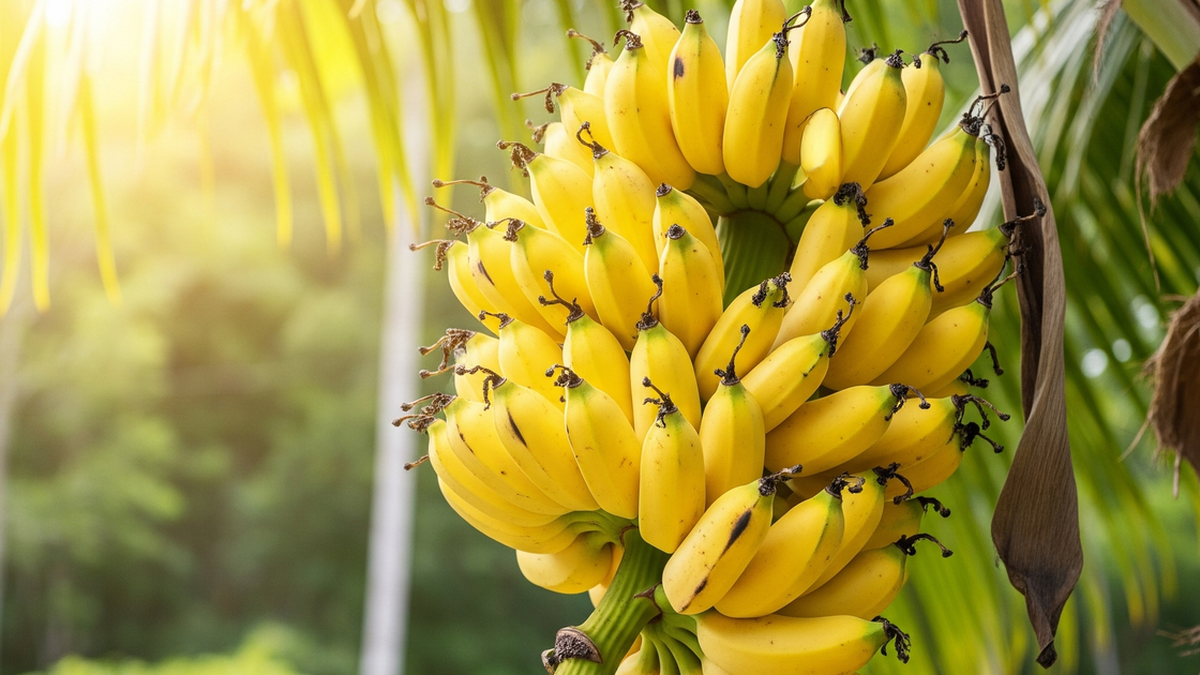



















![[Photo] National Assembly Chairman Tran Thanh Man visits Vietnamese Heroic Mother Ta Thi Tran](https://vphoto.vietnam.vn/thumb/1200x675/vietnam/resource/IMAGE/2025/7/20/765c0bd057dd44ad83ab89fe0255b783)





































































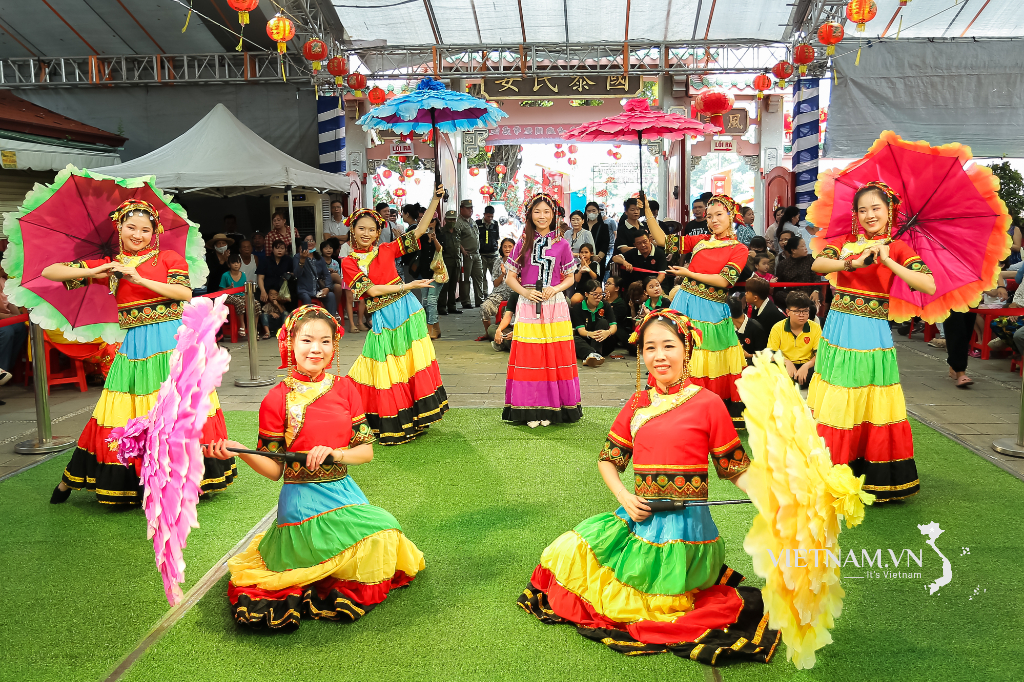



Comment (0)